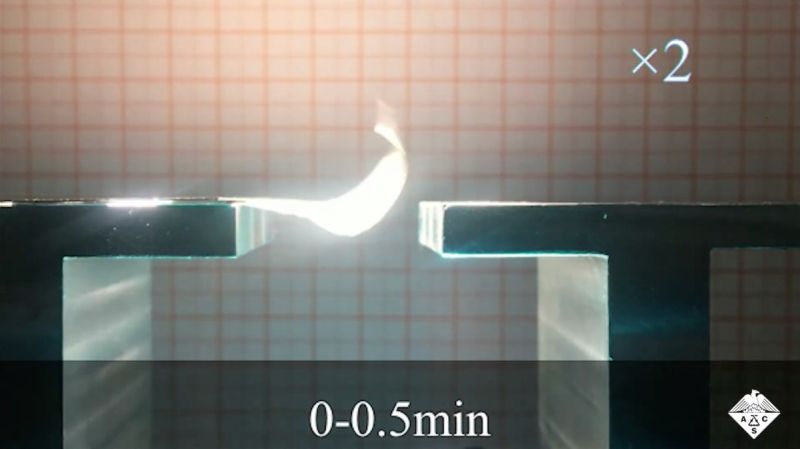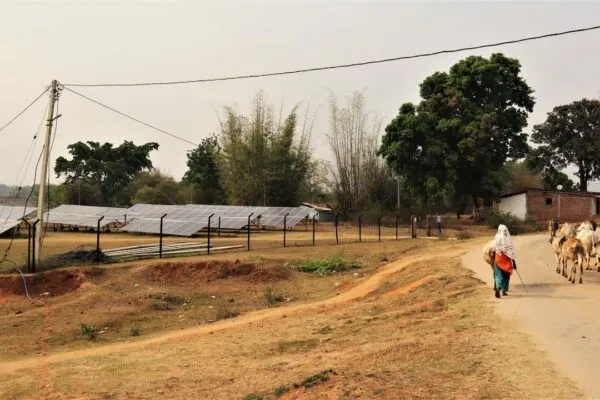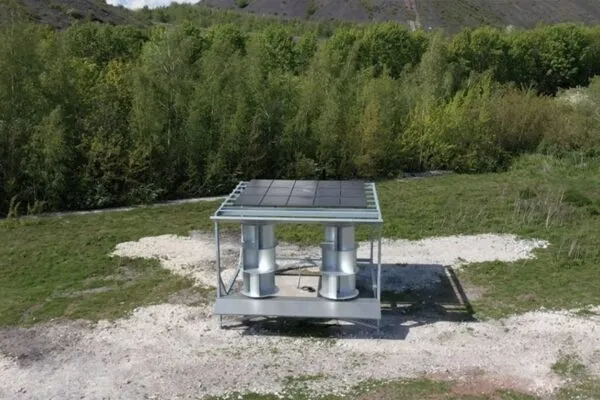Solar-Powered Flexible Bio-Butterfly-Wing to Power Future Robotic Tech
Scientists have been experimenting with the ways to utilize sunlight through various mediums. Light-driven actuators, devices that convert light directly into mechanical work, have caught much attention as they are wireless and easy to control.
Working on a similar principle, a team from China’s Changzhou and Jiangsu universities has created the “flexible bio-butterfly-wing” (FBBW) device. The FBBW is constructed of a thin polymer sheet, which is coated on top with a nanocrystalline metallic film.

The prototype flexible bio-butterfly-wing, or FBBW / Image: ACS
The study was published in ACS Applied Materials & Interfaces. Ningyi Yuan, Jianning Ding, and their team desired to develop a flexible film that could convert natural sunlight into a flapping motion, without any requirement for additional hardware.
With one end secured to a fixed support and the other end free to move around, the prototype device is laid out horizontally. When simulated sunlight was shone on it, the temperature of the strip increased, and the free end curled up because of the large difference in thermal expansion between the metal and polymer layers.
Also Read: Scientists Use Biorocks to Regenerate Coral Reefs in Gulf of Kutch
Then, the curled part of the FBBW shaded the metallic layer below, causing the temperature to decrease and the strip to unfurl. Repeated cycles of this process produced a flapping motion that could exceed the frequency of actual butterfly wings.
The team verified the FBBW in a light-driven whirligig and sailboat, and in a device that converted sunlight into an electric current. According to the researchers, flying animal robots, among other applications are a few future possible usages of this device.
Via: ACS


